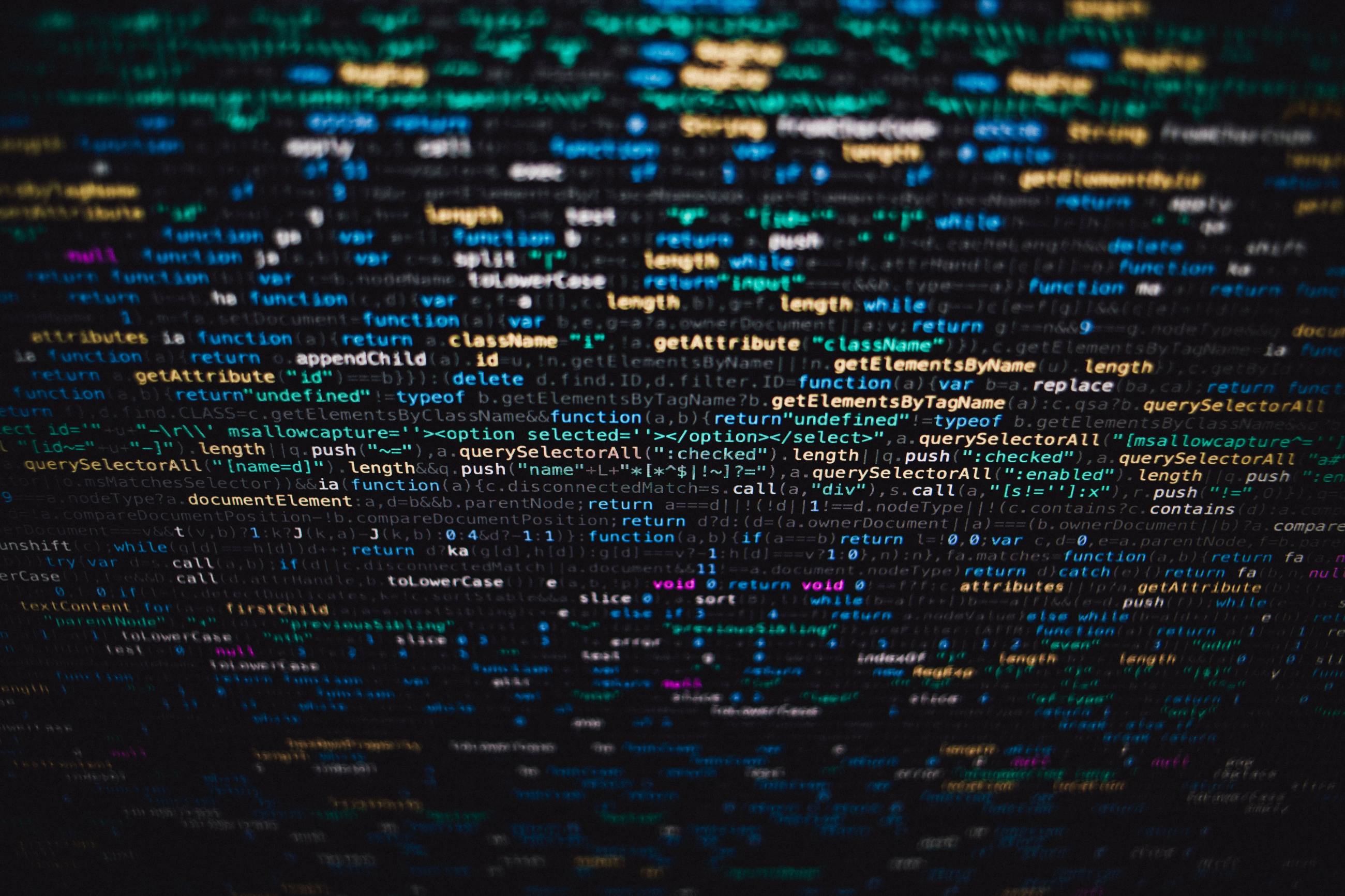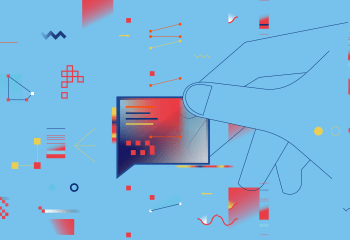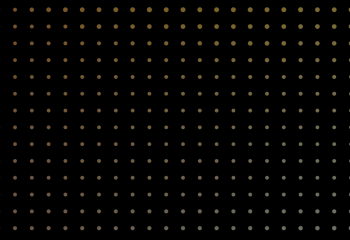
The Internet’s Public Health Moment
This article was written by Sam Gill, SVP and chief program officer of Knight Foundation, and originally published in the Stanford Social Innovation Review on Monday, November 23, 2020.
Political scientist Brendan Nyhan has attracted a Twitter following for repeatedly asking this question of Trump-related developments in his feed: “What would you say if you saw it in another country?” Depending on your age, another appropriate question might be: “What would you say if you saw it before the internet?”
The 2020 presidential election hasn’t yet come to a definitive conclusion, due in part to the power of the internet to enable and reinforce an alternate reality in which widespread voter fraud—despite no material evidence or even credible suspicion by serious observers—robbed President Donald Trump of reelection.
These developments are typical of the internet era. All too often causal factors that have nothing to do with technology collide with digital communication to accelerate and amplify distrust and confusion. We are where we are in mid-November because the president himself is unwilling to respect the most basic political and cultural conventions around the transition of power. Yet it’s impossible to quell the anxiety that the internet—what it enables and how people use it—is playing a central role in translating the president’s intransigence into a credible threat to democracy. The ability to reach a large and dedicated audience directly through social media has been a signature feature of President Trump’s governing style, and the predilection for that audience to ravenously feed its motivated reasoning is itself facilitated by the internet.
Social media is, in this respect, not unlike nuclear weapons: They didn’t create malevolence, but they vastly raised the stakes.
What we must recognize, however, is that the power of the internet to destabilize our democracy and society has simply been thrown into relief by the election. These deleterious effects had already reached troubling levels, even before the confusion of the past few months. For philanthropy and civil society, the task is to develop clearer knowledge of the endemic challenges the internet now poses for our society, of which the election is merely the latest and most vivid symptom.
New Problems, New Disciplines: The Emergence of Public Health
Fortunately, history provides parallels that can inspire us toward an effective, concrete response.
In 1910, philanthropist John D. Rockefeller contributed $1 million—about $25 million in today’s dollars—to establish the Rockefeller Sanitary Commission for the Eradication of Hookworm Disease. The commission sought to address the vast prevalence of hookworm across the American South. At its peak, the disease was estimated to have infected 40 percent of the region’s population, engulfing them in a quiet crisis. Because the disease is notoriously difficult to diagnose and the symptoms manifest as a low burn, it can easily go undetected. Victims are plagued by pain and weight loss, and sometimes become anemic. Most vulnerable are children, who can suffer from long-term impairments to cognition and learning.
In fewer than five years, the Rockefeller Sanitary Commission sparked efforts that substantially reduced the incidence of the disease. The approach was broad. The commission enabled the wide distribution of treatments across the South, and launched a public education campaign aimed at what amounted to the “front lines”: doctors, teachers, and families. The commission also emphasized non-medical interventions, helping communities understand the importance of proper sanitation, and advising on the construction of outhouses and other facilities.
The leaders of the commission recognized a distinction between medicine and public health as separate domains of knowledge. As Commissioner Wickliffe Rose observed, “The science of protection is quite distinct from the science of cure.” Though of course related, the latter concerns treating an individual; the former focuses on the health of an entire population.
This distinction is coming home to us in the age of COVID-19. Medical care can help alleviate the symptoms of the disease and, where possible, prevent unnecessary death. But public health measures—such as masks, handwashing, and social distancing—will be essential to managing the epidemic until a vaccine arrives. Even then, we’ll face the challenge of ensuring that the vaccine is distributed and administered—a public health problem, not a medical one.
Header image by Markus Spiske on Unsplash.


